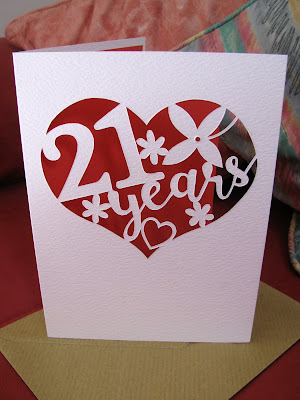Netta Barzilai, also known mononymously as Netta, is an Israeli singer, recording artist and
looping artist who won the fifth season of Israel's
HaKokhav HaBa, "The Next Star". This earned her the right to represent her country at the
2018 Eurovision Song Contest. On 12th May 2018, she won the contest, held in Lisbon, Portugal, with her song "
Toy", marking Israel's fourth win in the Eurovision Song Contest after wins in
1978,
1979, and
1998.
After Netta's grand victory in Lisbon, the 2019 Eurovision Song Contest took place here in Tel Aviv a few weeks ago. When I read about this fabulous sculpture of Netta that had been installed in the Eurovision Village in Tel Aviv, I knew that I had to pop over to see it. It was created by
Nirit Levav Packer, whose extraordinary exhibition of life-size statues of pregnant women I saw back in 2017. The Netta sculpture has since been moved to the Israel Children's Museum in Holon after the Eurovision Village's closure.
Inspired by Netta and her song 'Toy', Nirit Levav Packer composed the massive recycled sculpture of the singer, crafted entirely from tens of thousands of used toys collected from kindergartens around Tel Aviv, including stuffed animals, Legos, balls, rattles, puzzle pieces and more. The sculpture is 4 metres tall, 6 metres wide, 2 metres deep and weighs 2 tons. It has been created with so much imagination, creativity, humour and sensitivity. I was thrilled to see it!
The day before the Grand Final of the Song Contest happened to be my birthday! Mister Handmade in Israel and I spent the day in Tel Aviv, first watching
Izhar Cohen perform
A-Ba-Ni-Bi in the
Dizengoff Centre, before joining friends at the Eurovision Village for a cold beer and an afternoon of dancing. The boys didn't want to join us but there was time for cake before we left!
My birthday surprise, saved for another day, was afternoon tea at the
Waldorf Astoria in Jerusalem. Opened in 2014 and located only minutes away from the
Jaffa Gate and Jerusalem's Old City, I had never even been inside the hotel, being more used to an ice cream or Diet Coca Cola for my afternoon's refreshments!
Afternoon tea was first introduced by Anna Russell,
Duchess of Bedford, in 1840. Under Queen Victoria's reign in Great Britain it became a formal event and ceremony of great cultural significance. Our British Afternoon Tea (a Middle Eastern Afternoon Tea is also available) was served in the King's Court restaurant. We dined on small cucumber and cheese sandwiches, savoury pastries filled with smoked salmon and egg salad, alongside scones with cream and jam (okay, the cream was not
clotted), sweet pastries and cakes. This was all served in
Villeroy and Boch tableware with a silver butter knife, dessert forks, strainers and teaspoons. We chose from a dozen
Ronnefeldt loose leaf teas, including Darjeeling, Assam Bari, Peach, Bora Bora and more.
I can't honestly remember ever having had afternoon tea in the UK but it was great to experience it here in Jerusalem. Somehow the atmosphere was charming and intimate, whilst outside the Jerusalem traffic crawled by and a
hamsin wind blew.
The property that originally stood where the Waldorf Astoria now stands was built in 1929 by the
Mufti of Jerusalem, Haj Amin El Huseini, as the first luxury hotel in the Middle East, named the Palace Hotel. The Palace offered luxuries that were unheard of at that time: elevators, en suite bathrooms and modern plumbing, bedside telephones and heating. What is basic today in every youth hostel, was in 1929 the epitome of luxury and Haj Amin El Huseini hosted many monarchs and heads of state in great magnificence and splendour. The Palace hotel closed in 1935.
In 1948 with the establishment of the State of Israel, the government of Israel took over the deserted building for offices and the Ministry of Commerce and Trade occupied the building for over 50 years.
In 2006 the property was bought and converted back to its original purpose - a renowned luxury hotel. The renovation works took nearly eight years to complete. As a heritage landmark, the façade of the building was never demolished and instead, a team of architects worked for three years to restore the 1929 architecture, and even the original main entrance has remained. Many Jerusalemites viewed this venture with trepidation, as The Palace was known as one of Jerusalem's most beautiful buildings and they feared it would not return to its previous glory. The hotel blends
Greco-Roman,
Gothic and
Ottoman architecture, together with classic style and, thankfully, its design is acknowledged to be a spectacular success.







































































